New Order: The First Four
Guest columnist Kevin Alexander stops by for a deep dive on a quartet of records that chronicle the literal death of one band and the birth of a new musical outfit that changed the sound of pop music.
This essay is a piece in our continuing series exploring the first four records of important artists through the ages.
In this installment, longtime friend of WAIM and fellow Substacker Kevin Alexander stops by to share the story of the death of Ian Curtis and dissolution of Curtis’ band Joy Division. Moreover, this is the tale of what the remaining members chose to do in the wake of that tragic loss. In the process they birthed a collaboration that would spawn a string of hit records, robust critical acclaim, massive world tours and the band would be at the forefront of a brand new sound in pop music.
Here is Kevin with a detailed run through of the first four records from New Order. Enjoy.
Cheers,
Matty C
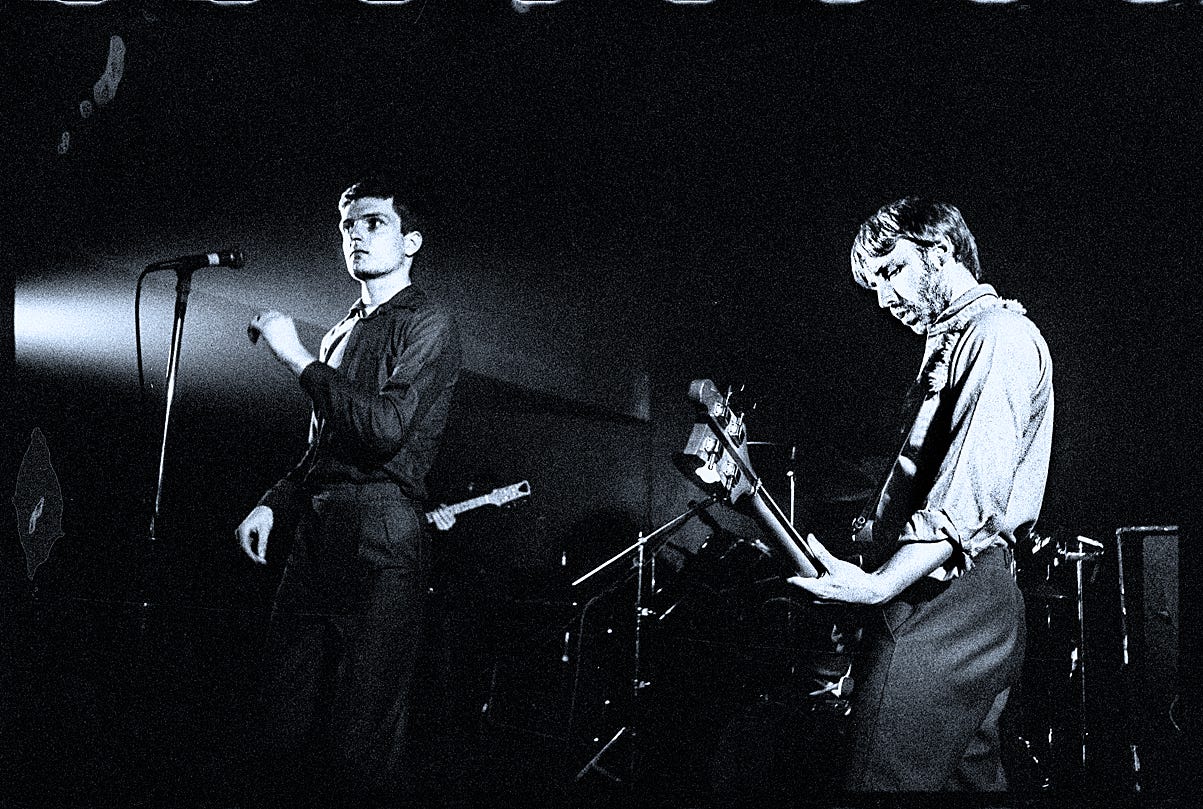
New Order: The First Four
by Kevin Alexander
What's a band to do when it loses its primary writer/driving force?
Do they carry on in an altered state? Start over in a new direction? A little of both? That's what the members of Joy Division faced following the 1980 death of lead singer Ian Curtis.
They went with option C, adding Gillian Gilbert on keyboards, renaming themselves New Order, and shifting from punk to a more electronic synth-infused sound.
Today, we'll look at the journey through the lens of their first four studio LPs.
I once heard New Order described as a mass-produced secret. Millions of people love their work, yet they've never had what could be considered mainstream success. Despite that, it's hard to overstate New Order's influence on music. DJs worldwide often cite them as an inspiration and a surefire dance floor filler, and you can hear their influence in countless bands that have come since.
Their evolution from punk to new wave and beyond makes New Order challenging to define- and therein lies thei r appeal. For me, it's simple; they're just a band I love. I'm old enough to remember making Desert Island Disc lists. New Order always had at least 2–3 spots on mine. If I'm honest, there is a greater-than-zero chance that my newsletter will someday devolve into a fan page for the band.
Rising from the ashes of Joy Division following the 1980 death of lead singer Ian Curtis, New Order redefined themselves and, in the process, became one of the seminal bands of the last four decades. Amid all that upheaval, they managed to release one of the greatest four-record runs in modern pop history.
As the (excellent) Transmissions podcast notes, New Order is “a band that changed the world twice.”
Movement (1981)
Movement is the record I came to last out of these first four, and it's the one that took me the longest to warm up to. And yet, every time I play it, it insists on revealing something new to me. I found these records out of sequence, working my way back, skipping ahead, etc. New Order has changed its sound and style a lot over the years, but even now, this record stands out as not like the rest. When you've been on a steady diet of electronic dance-pop, which was their stock in trade, that contrast is even sharper.
It is the debut album by a band that has already released two albums. The only changes are the band name, the introduction of another member, and a change in singer.
It's an album of commiseration, not celebration; it's fair to call this the third/last Joy Division record rather than the first New Order release. The sound hasn't moved too far from Closer. The band was still very much in mourning (and denial) when they recorded Movement, and it shows. Having Martin Hannett as a producer didn't help. They'd worked with him previously, but by this point, their relationship had soured, and his relationship with drugs was flourishing.
Still reeling, the sense of grief is evident everywhere on this album. With the benefit of hindsight, it's clear that the band is trying to be stoic, to press on with things rather than face the reality of losing their frontman and friend. Now mainly known for their upbeat electronic dance tracks, Movement is dark, moody, foreboding, and vaguely sinister—the perfect soundtrack for the small hours.
Perhaps nothing describes this liminal space better than “The Him.” With Peter Hook's menacing bass lines and Stephen Morris' staccato drum beats, the track alternates between revving up and winding down, & between sparse and lush. It's a song that never quite hits critical mass. When guitarist and singer Bernard Sumner finally manages to utter a resigned “I'm so tired” at the end, it's all you can do not to answer “me too.”
I don't know if there's a purgatory. If there is, you'll hear this on your way over.
On Movement, Hook and Sumner each take turns at vocals, but both sound like they're just acting as placeholders for Curtis' return. That said, listening to the first New Order album, it's clear that Joy Division was more than just Curtis. Everyone acquits themselves well here, including new addition Gillian Gilbert.
One common criticism of this record is that it sounds too much like Joy Division. Well, of course it does! With almost the same personnel and the same producer, you're bound to produce a similar product. Despite it all, the band manages to work in a few bits of uptempo sound here, offering tantalizing glimpses of what was to come.
As Hook sings on “Dreams Never End”, there's “no looking back now, we're pushing through.”
Power Corruption and Lies (1983)
Power, Corruption, and Lies. Just eight tracks. But each one a realization of all the ideas, influences, and pass times that New Order were obssessed by….a hybrid of rock and dance music. A band mentality and an electronic aesthetic. Technology and heart.
~Transmissions podcast host Maxine Peak
If their first post-Joy Division record, Movement, was a statement of loss, Power, Corruption, & Lies represents rebirth. The album blends old (classical) instruments with tech, birthing a unique sound that came to define New Order. Movement was the band in mourning, this was, well, a new morning.
Similarly, Movement was a bridge between Joy Division and New Order. Power, Corruption, and Lies was them burning said bridge. It is a statement record.
Between the two records, the band released three fantastic singles: “Everything's Gone Green”, “Temptation”, and “Blue Monday”, which would become the best-selling 12" record of all time.
"Having done those previous singles on our own, that's when we knew what we really wanted it to sound like...We then wanted to move it along in our own way rather than how a producer might want to. We were left alone and came up with our own sound."
~Gilian Gilbert
What they came up with was unlike anything else at the time. The record opens with “Age of Consent,” with its unforgettable riffs and a relentless drumbeat that may or may not have been knicked from a Joy Division song. “5-8-6” is a preview of what House Music would become. "Ecstasy" sounds as if Giorgio Moroder sat in for a session or two.
Music critic Robert Christgau might've been playing cute when he described the album as “nice,” but it is an excellent record to listen to and has earned its way onto countless Best Of lists, including Rolling Stone's Top 500 albums. And while the cover may not have sparked a million t-shirts like Unknown Pleasures did, it was one of ten covers selected by the Royal Mail to be issued as postage stamps in 2010.
As for “Blue Monday?” The band didn't even bother including it here. No matter. It's sublime as it is.
Low-Life (1985)
I had a giant poster of this record cover for years, and I was well past the “unframed poster” age when it finally came down. It survived more moves than many other supposedly more important possessions, and more than a few relationships, jobs, etc.
Low-Life first hit my ears early in junior high. I’m now pushing fifty, and still play it quite often. The idea that I now have a kid the same age I was when I first found this is mind-bending and probably a story for later.
The album is tight from A1 to B4, with almost no missteps. The punchy “Love Vigilantes” kicks things off, and the listener immediately knows things will be different. First, the lyrics are a narrative (the lyrics finally tell a story! Stay for the surprise at the end!). The frantic Sunrise features one of Hook's most propulsive bass lines–really, with Hook's bass playing is solid across the entire record– and the tandem of Morris & Gilbert adds a pop layer to everything.
Low-Life's first single was the glorious “The Perfect Kiss” (this author's favorite song not just on the record but of all time). The only thing wrong here is that they used the 5-minute version, not the epic 9-minute 12" single. The record's last track, “Face Up”, starts moody before shapeshifting into a very poppy track with Sumner practically yelling, “Oh, how I cannot bear the thought of you!”
I don't know who he was singing about, but I still don't like them.
Low-Life marks the spot where the band finally decided to include singles on their records, though they were mostly remixed beyond recognition and use pictures of themselves on the cover (okay, this was the only time that happened, but still). This is also the first record that feels like a record with an overtly intentional progression and lyrics that aren't intentionally vague. Words are used to tell actual stories here--at least in a few places.
The result? A blindingly good record.
Brotherhood (1986)
Can a record have middle-child energy? If that's possible, Brotherhood is it. Other records by the band spark lively discourse on fan forums or get slapped with a critic's darling label. Brotherhood has been unfairly exiled to a purgatory of inattention. Meanwhile, it's just in the corner doing its thing, happy to be left alone. Split in half between electronic and analog, it's a wild ride—and well worth it.
Brotherhood often gets overlooked in discussions about the band's discography, and to be fair, it does occupy a bit of a weird space in the group's timeline. With one foot in the analog world and the other firmly planted in the electricity of Italian discos, the band was split on which direction to go. So they did the only thing they could; Side A is primarily acoustic, and Side B is dominated by digital. That represents a literal split in music stylings and a fracture within the band.
So, you have a band growing tired of one another as people and one split into two distinct tribes (rock and electronic) as musicians. All the while their label was pushing them for a follow-up to Low-Life. No pressure, then! Those factors are a sure bet for disaster, and yet once again, despite–or in spite of—themselves, they released a record that holds up well.
“Paradise” feels almost claustrophobic, with Sumners' pleading vocals feeling almost smothering. Up next is the much brighter Weirdo, a track where everything feels like it's *this close* to flying off into space, and the only thing holding everything in stable orbit is Hook's bass. To my ear, it's them at their best, and any time I get a new stereo (or AirPods), this is the song I use to test them. “As It Was When It Was” gives listeners a wistful breather before things ramp back up with “Broken Promise”. Side A closes with “Way of Life”, a track that feels like a close cousin to Weirdo.
Initially intended to be a single, it was even released as a promo 12", but it wasn't meant to be. From Hook: "I really wanted to get another bass riff that was as good as Age Of Consent…I managed it here by turning that riff backwards and using it again. Distorted bass intro. We got that by putting it through an Akai cassette player!"
“Bizarre Love Triangle” kicks off Side B and sets the tone early. As good as Side A is, the song isn't halfway over before it's clear what the future looks like for New Order.
In a piece I wrote last year, I described “Bizarre Love Triangle” as a song with Euro-pop flourishes, gorgeous synths, and a weapons-grade beat…not so much a sound as an anthem. For a song built on sequencers and 1s and 0s, it's surprisingly warm and infectious.
“Bizarre Love Triangle” was the second single from the record (after 'State of the Nation') and the band's 13th overall. Like most New Order tracks, it has multiple remixes and versions. My favorite is still the original album version; the edges haven't been remixed away yet, and the bass and drum machines are on point.
Up next, we get “All Day Long”, a much more subtle and subdued song. With Sumner's softer vocals and some strings, it's a gorgeous soundscape that is hard to describe. The adrenalized “Angel Dust" follows that before closer “Every Little Counts”—the closest thing New Order has ever come to making a novelty song.
With lyrics like:
Every second counts
When I am with you
I think you are a pig
You should be in a zoo
It's hard to take seriously at first. But the track slowly builds to a lovely finish. Supposedly inspired by Lou Reed's “Walk on the Wild Side,” the song has several distinct parts that fit together almost like a puzzle. It's a fitting way to end the record.
And in many ways, this was the end of an era. Three years later, the band would again manage to release a record almost in spite of themselves (1989's incredible Technique). Still, cracks in the band were widening, and the dam would soon burst, permanently changing the group's trajectory.
Thanks so much to Kevin for contributing this terrific piece to us here at What Am I Making.
Be sure to subscribe to Kevin’s terrific Substack, On Repeat Records!
Cheers,
Matty C






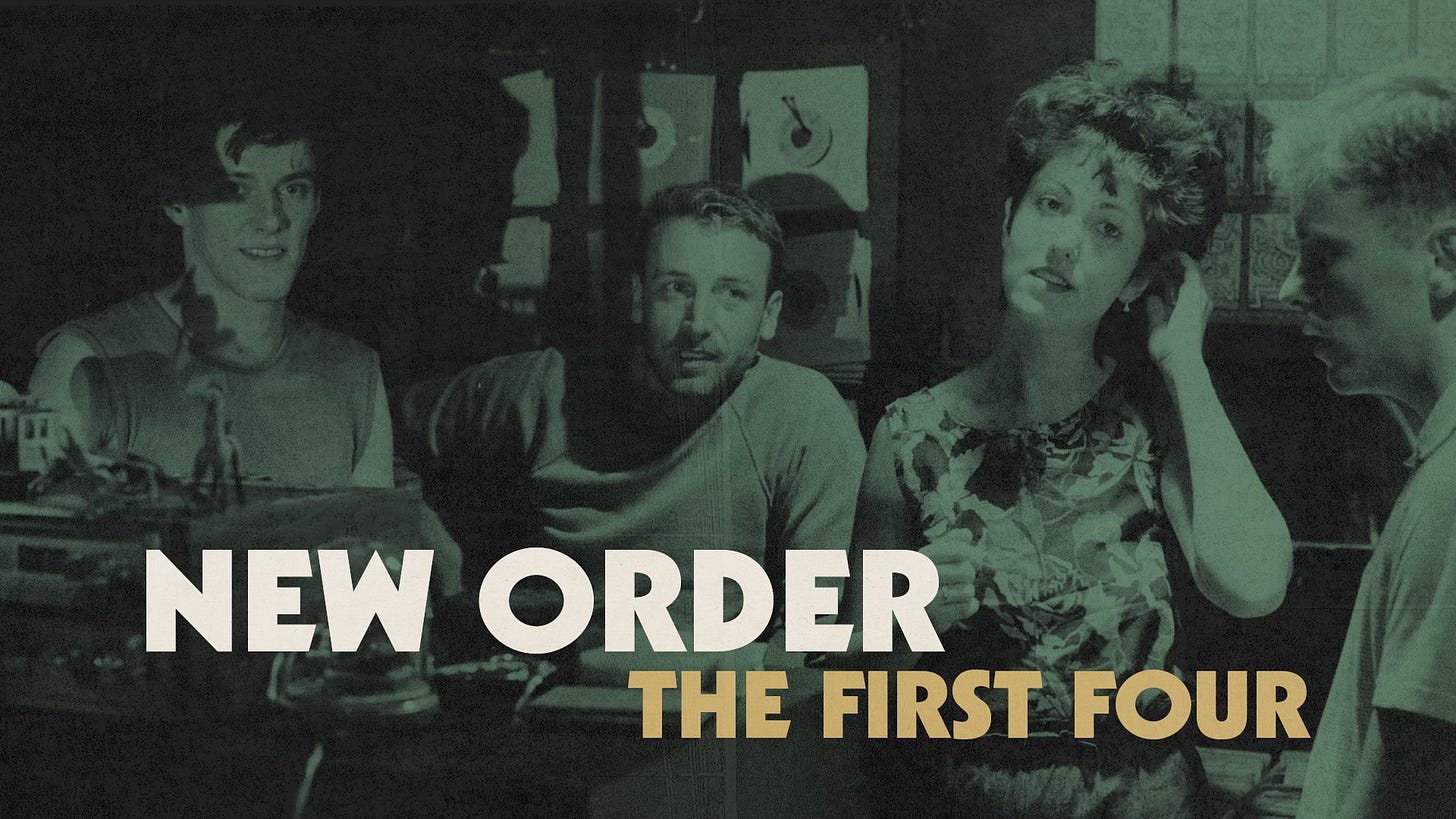
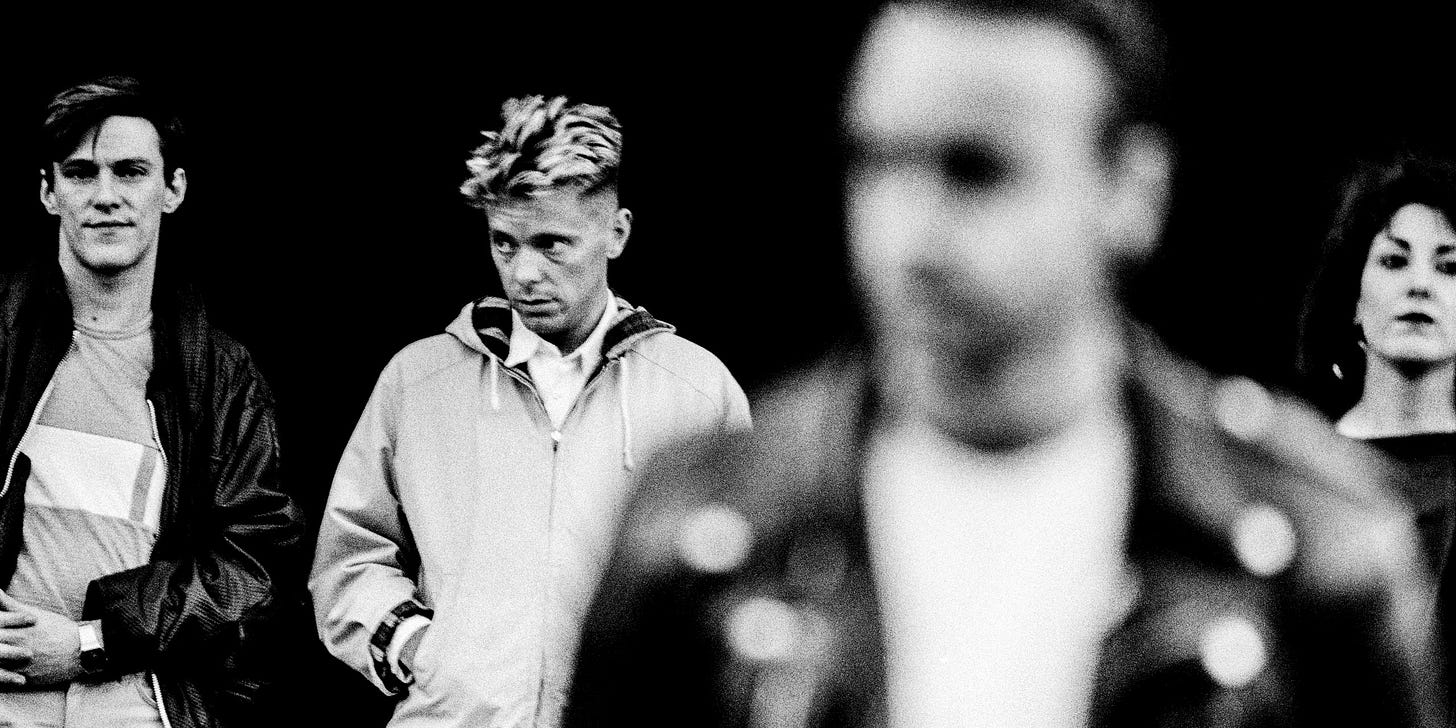
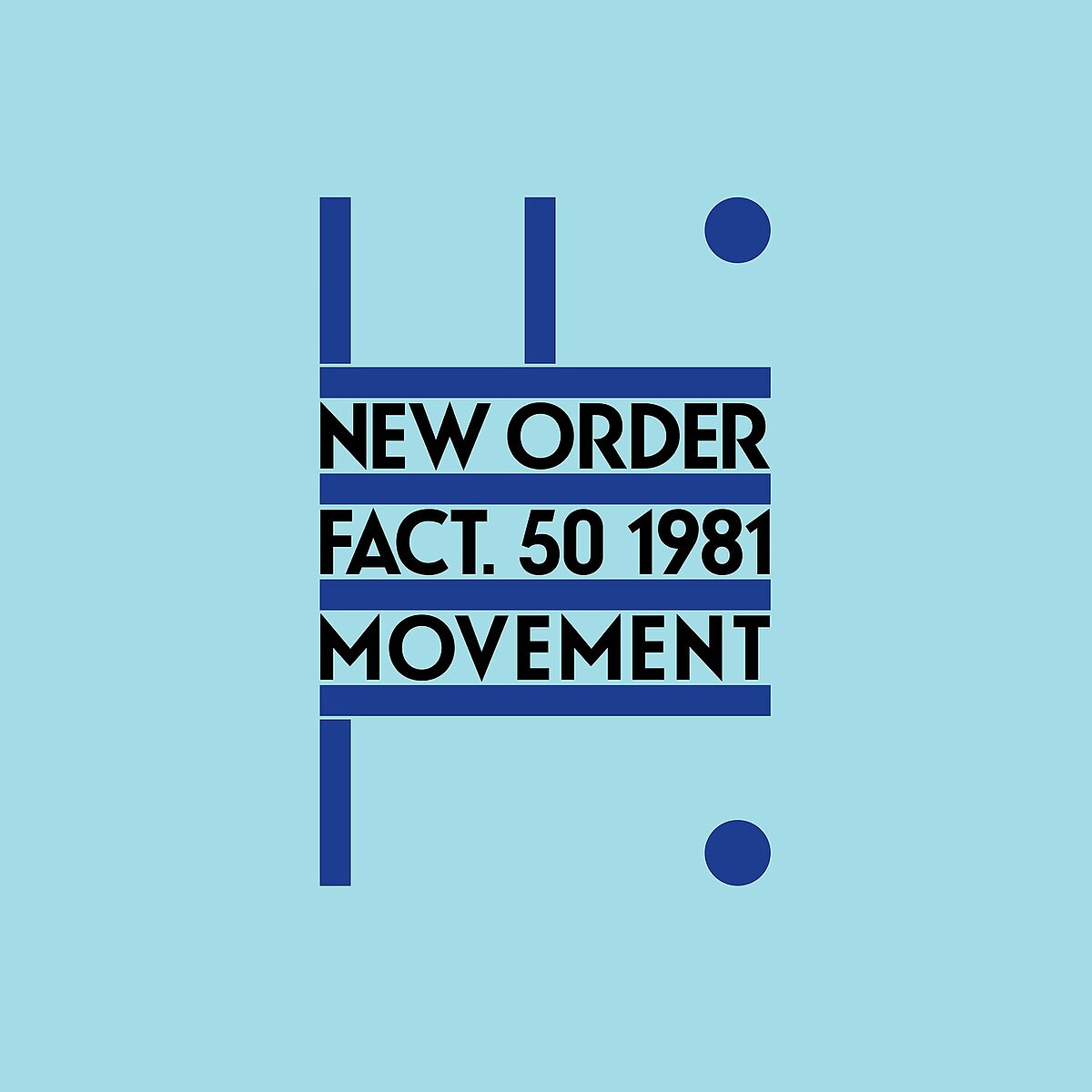

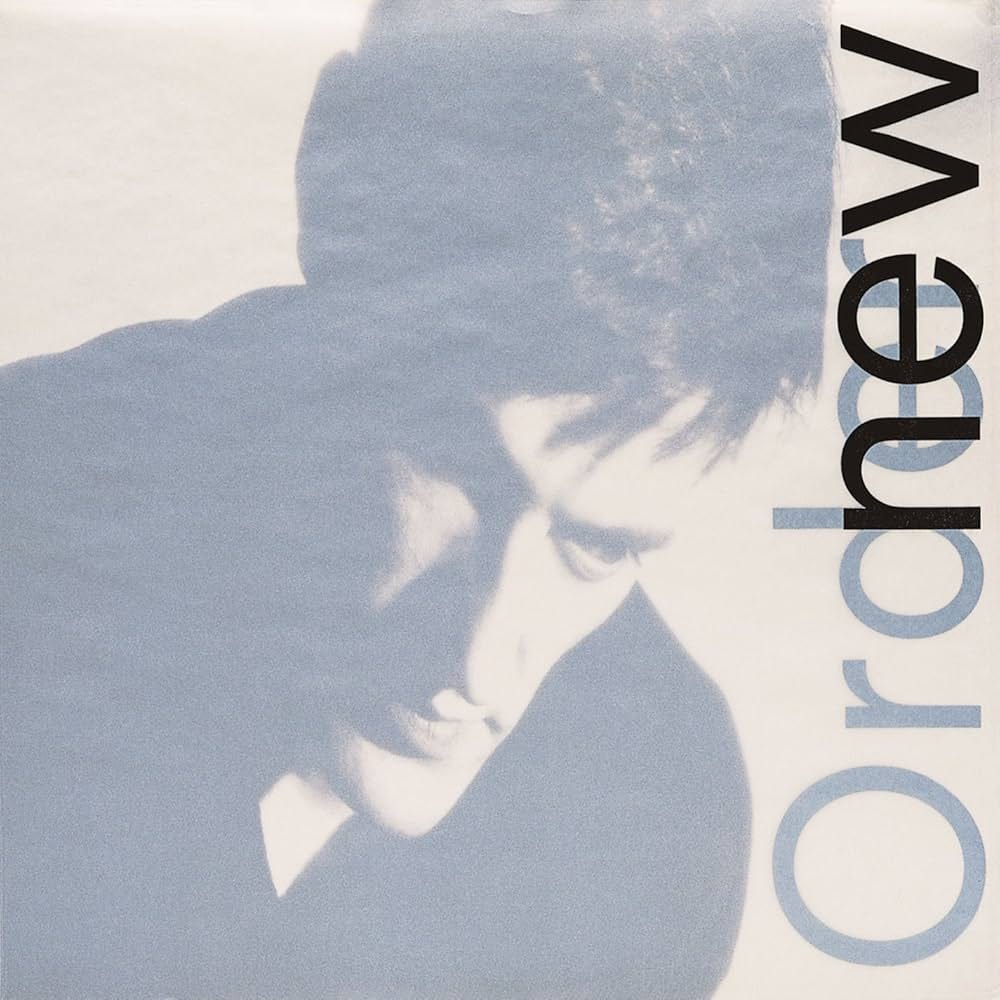
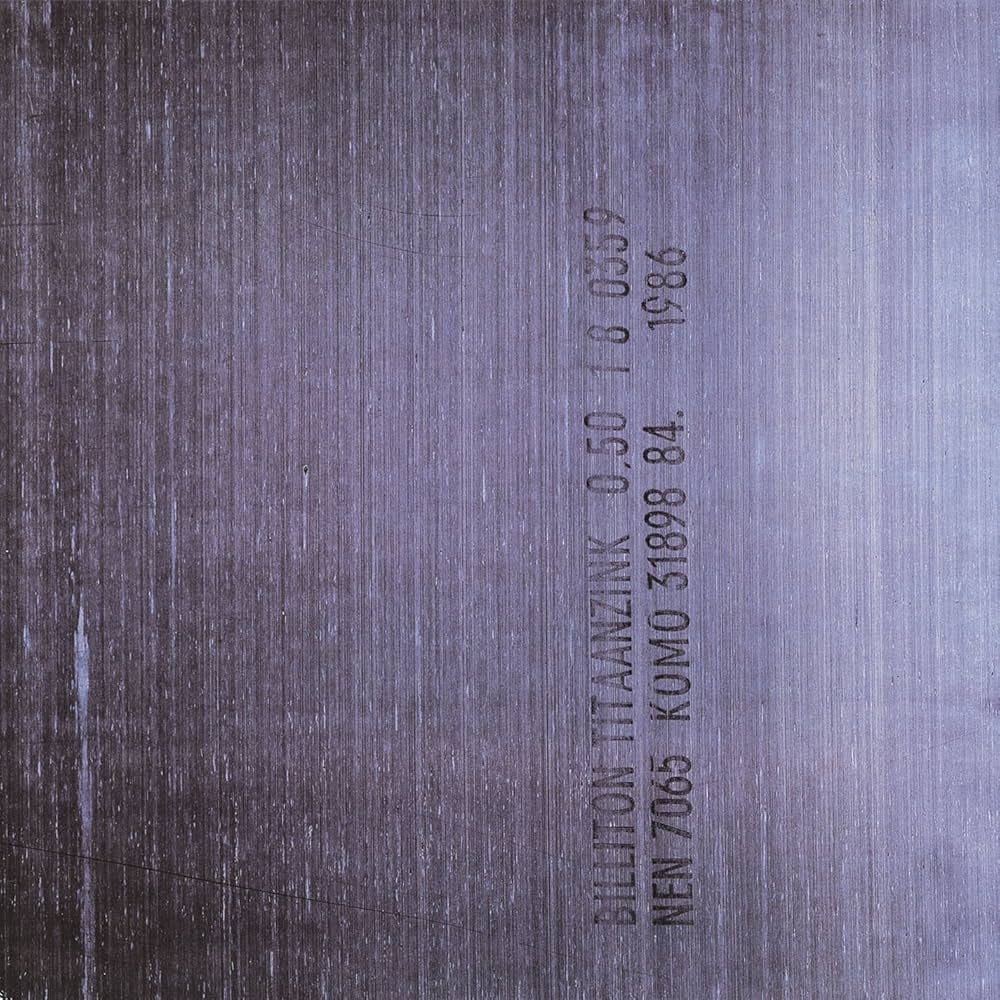

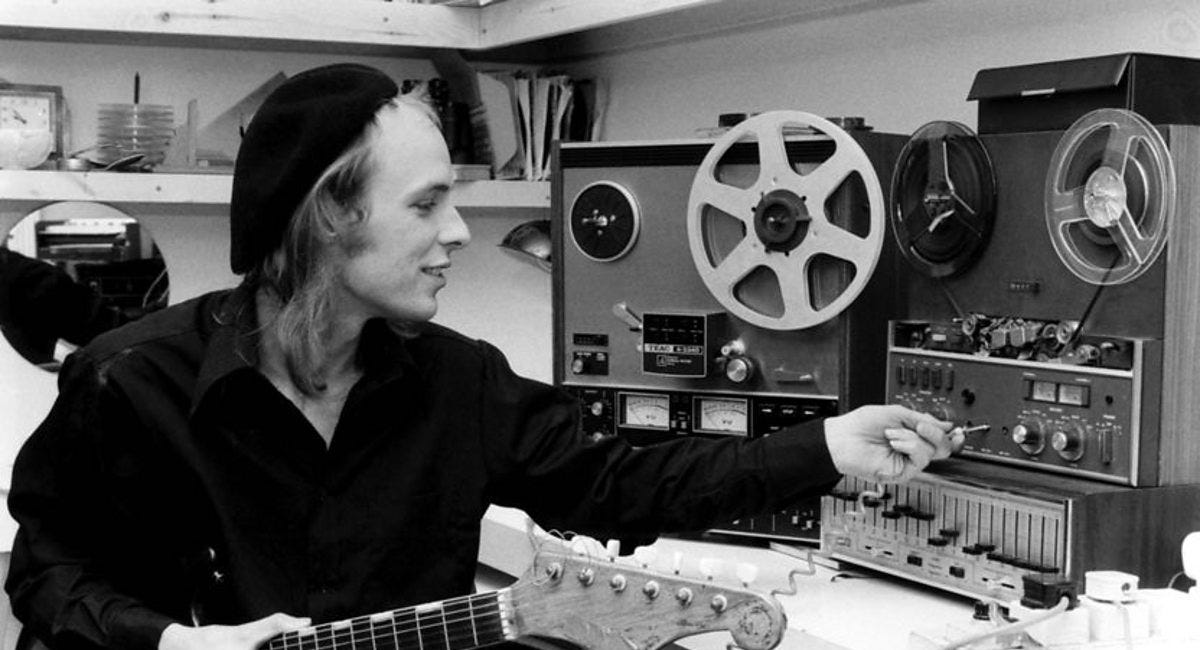
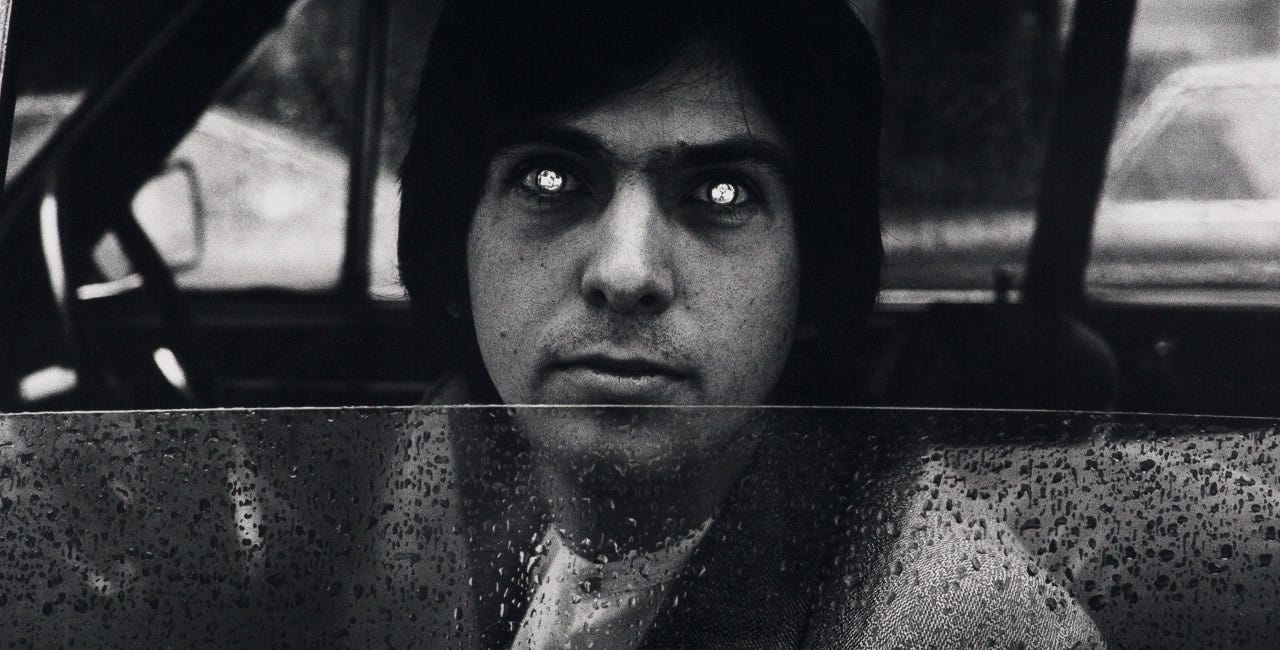



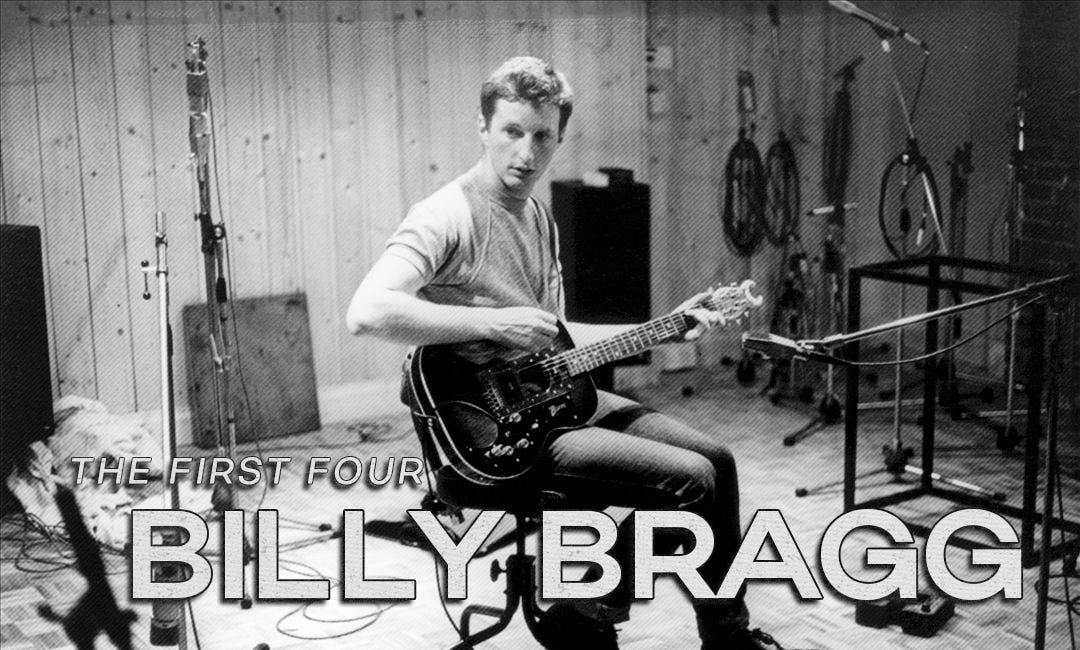

Any New Order ink is good ink. Thanks!
I've always loved "The Perfect Kiss". That instrumental break is 👌 👍